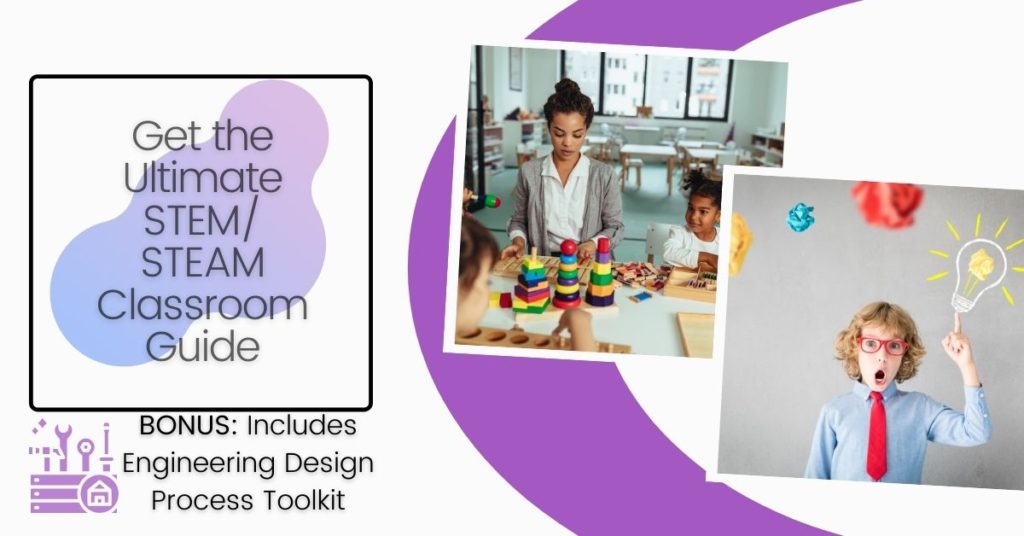Integrating art into the classroom is much easier than you may think. It is a little more than just drawing a picture to match content, but you don’t have to have an art background to incorporate it easily. After all, YOU are a teacher! What is there YOU can’t do!
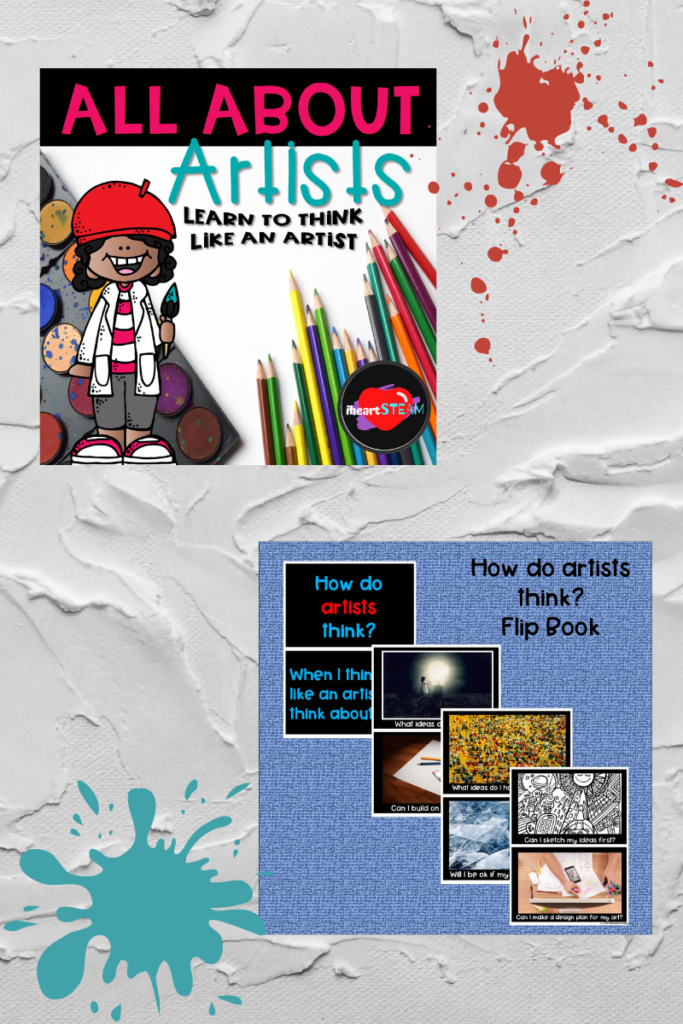
Start With an Introduction to Artists
How do you start integrating art into the classroom purposefully? First, do they even know what artists really are? How do they think? Where do they work? Are they just really creative and talented people? How can I be one?
We need to start by answering these questions that students may not even have, but we need to help them wonder. Students often have preconceived thoughts about so many things. Being an artist is most definitely one of those thoughts. Introduce them to what artists really are, and how many different opportunities there are in the world to be an artist. SO MANY!
By the way… this isn’t an extra subject or time of the day when you have extra time for this topic. We have to read and write to learn NEW things! When do I do this, during the reading and writing block!! It’s just my content for the current focus. You can find out exactly how I do it right here in: What Is An Artist? Integrating art into the classroom is just a slight shift to the left or right. Read more about this concept and introducing other STEAM careers here in STEAM careers.
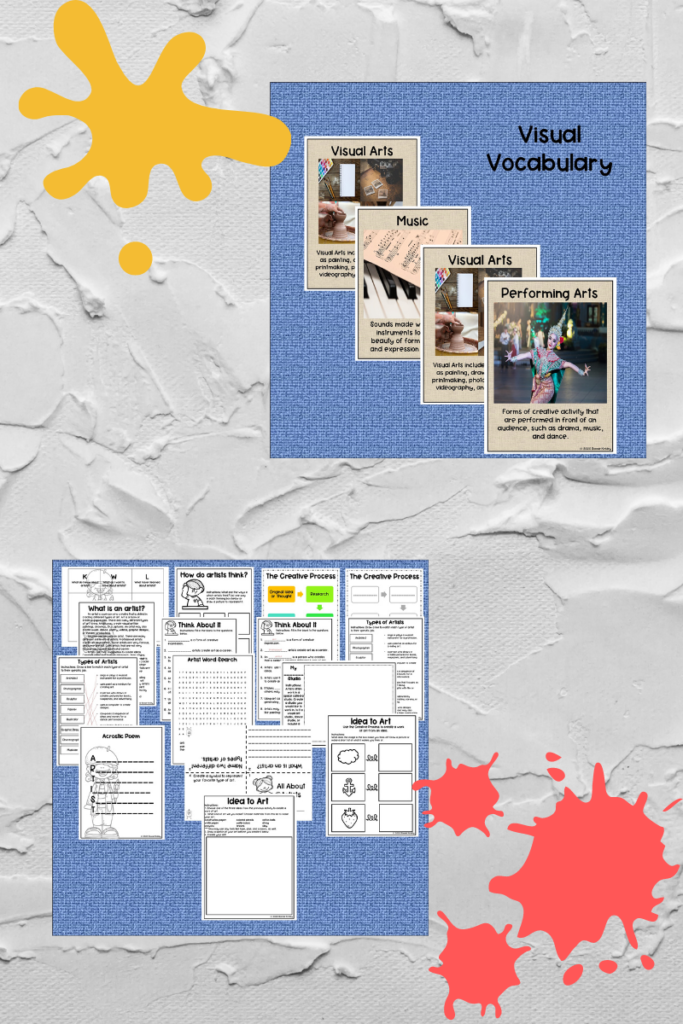
Project-Based Learning Creates the Opportunity
After students really begin to see artists and art a little differently, it’s time to start using project-based learning to integrate art concepts and standards during other subject studies. I recommend really focusing on teaching students how artists think before getting started with a project as you integrate art into the classroom. I really opened my EYES to this after I watched Cindy Foley’s TedTalk on teaching students how artists think instead of teaching art. I have watched this SO many times.. it’s a real eye opener and will help you integrate art into the classroom.
So now your students begin to see the world a little differently and have few strategies for thinking like an artist, what’s next? It’s time for a project!

STEAM Project for Integrating Art
I really had to dig deep to change my thinking when I began integrating art, but I totally made the transition myself after some practice and trying things out! See… to really integrate the arts, you need to do more than just draw or paint something. You need to teach how to use techniques and concepts in art to enhance what you are studying. There has to be a connection.
I am going to take you through this STEAM project, Birthday Moon, as an example. In this unit, students were learning the concept of moon phases during science. I have seen some creative ways to teach this, but this is my favorite. Did you know that you can find out what the moon phase was on the day you were born by using the Online Farmer’s Almanac?
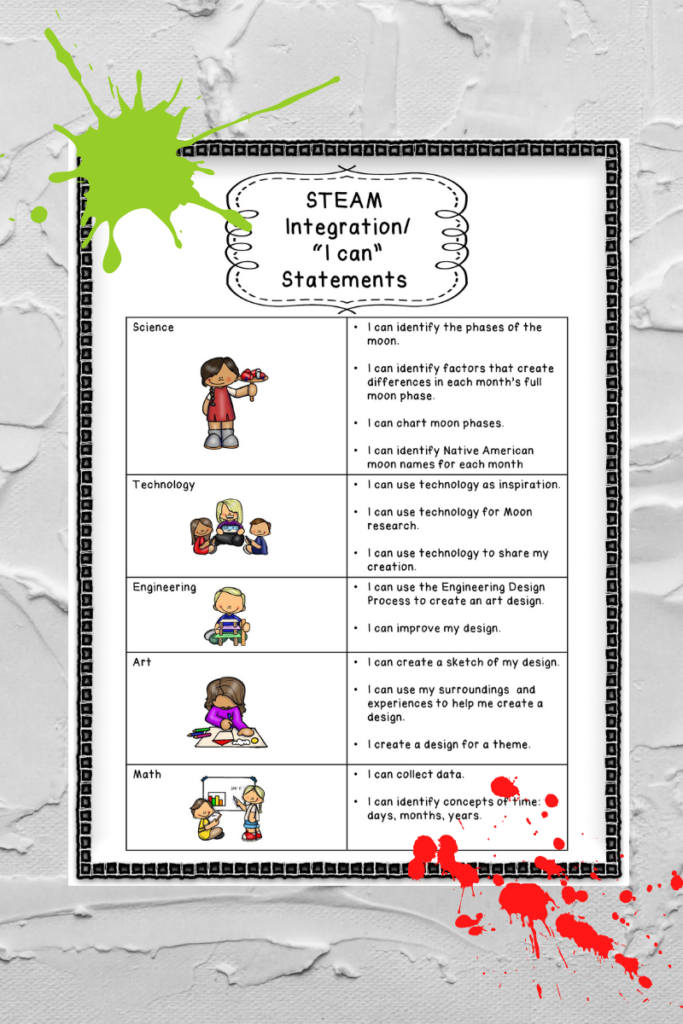
Making Connections to Integrate Art
Birthday Moon… do you know yours? By having this inquiry, we make a deep connection to students’ personal lives and the moon phases! It begins to get real. I want students to be aware of the connections they will be making during this project before starting. I usually go through a thinking block where we think about each element of STEAM and decide how we might be using it to help us. Often, I just share with students because they don’t know what they will be doing. It’s good to go through it again at the end of the project to evaluate.


Using a Design Process to Integrate Art into the Classroom
To end this unit, students will create a work of art that highlights their birthday moon. Throughout the study, students discovered the phases of the moon not by direct fact study, but through research into an exciting real life concept. The levels of understanding achieved here are INSANE. They actually will want to talk about the phases of the moon, and how they relate to their own lives.
Data was collected as a step in the design process for the final project. I highly recommend using a design process like the Engineering Design Process or Design Thinking for all projects and creations. More connections to more fields are made by doing this. Now when it comes to projects, they always need to know what the expectations are. THIS is where you introduce real art standards and concepts. When you give them their rubric for the project, those standards should be highlighted.
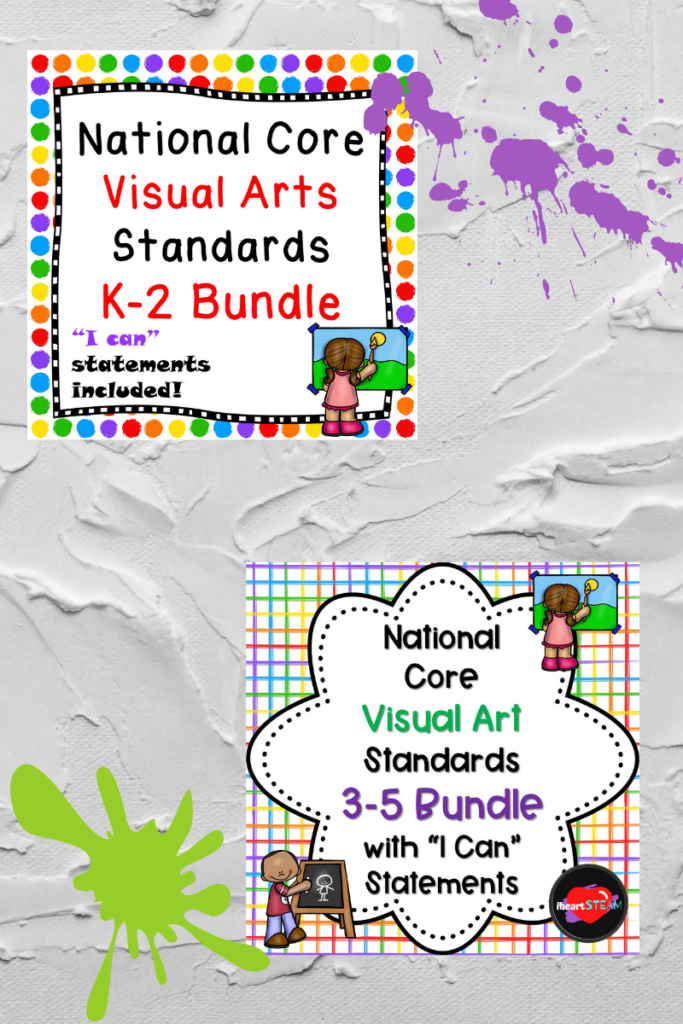
How do I teach another set of standards?
I know you might be skeptical now unless you are super passionate about the Arts already. Trust me… while this takes time, it’s EASY! Where do you start? Start with the state standards or teaching guidelines accepted where you teach to integrate art into the classroom. For most in the United States, it’s the National Core Art Standards. Visual Arts is a good place to start for the classroom because you probably want students to do some visualizing. There are different sets… like music and theater arts, as well. Some states have created their own. Georgia is one of those states.
Next, print out your grade level. The art standards are sectioned into four sections: Creating, Preforming, Responding, and Connecting. Believe it or not, YOU are already doing some of these without realizing.
If you are teaching comprehension to literature, I KNOW YOU ARE. Read through the standards for your grade level. Focus on one or two. Put those standards into “I can” statements that will go into the rubrics for your projects. Make sure you introduce them and discuss with students. Be consistent. After this, YOU have integrated art into the classroom with purpose, through connection, and to enhance comprehension to your content. STEAM approved! Need your standards and “I can” statements for art done for you??? National Core Art Standards with “I can” statements are perfect for your classroom: Grades K-2 and Grades 3-5.
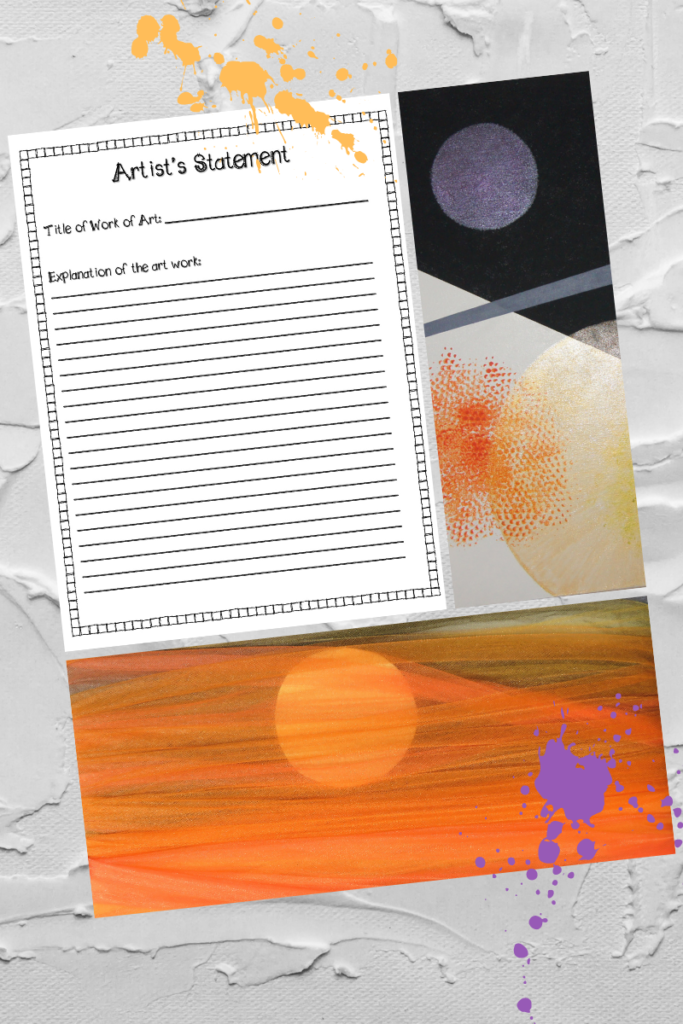
I Told You.. YOU are Integrating Art into the Classroom
If you take a look at the Responding and Connecting sections, you will see that when you write for comprehension and analyze literature, it’s one and the same when it comes to art. Your students created a work of art during a project-based learning unit. Now it’s time to analyze their own work through an Artists’ Statement. Cover your writing standards and reading standards while you also create more strategies for comprehension instruction through art standards. You have just upped the GAME! You weren’t just integrating art into the classroom! YOU were creating more ways for students to visualize, understand, and think deeper!
It’s seriously the bomb to do this the right way in the classroom. I do realize there is a lot of information packed into this blog post. So to break it down even morel, I have a FREE guide you will want to grab to get started: 9 Tips for Creating the Ultimate STEM/STEAM Project-Based Learning Classroom.
